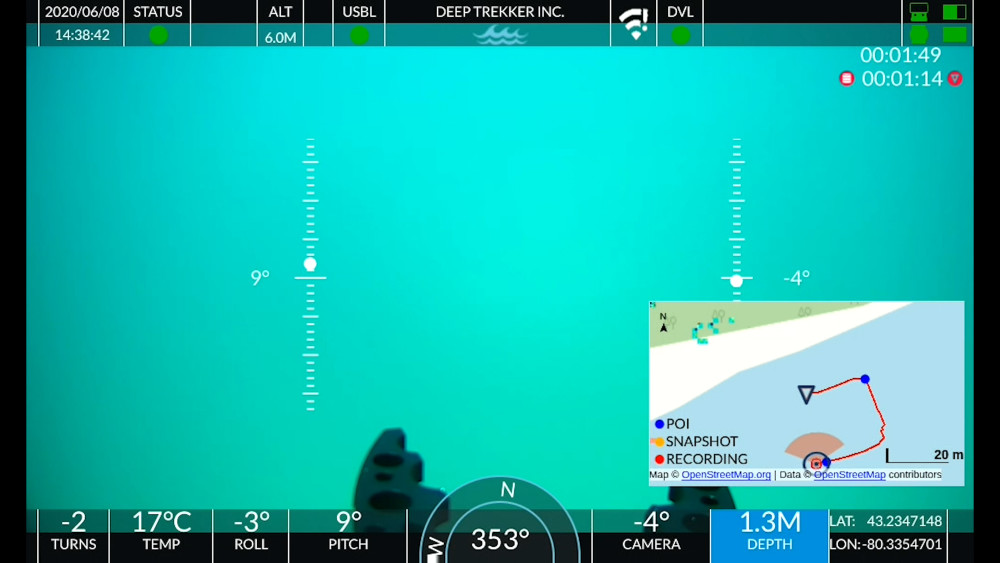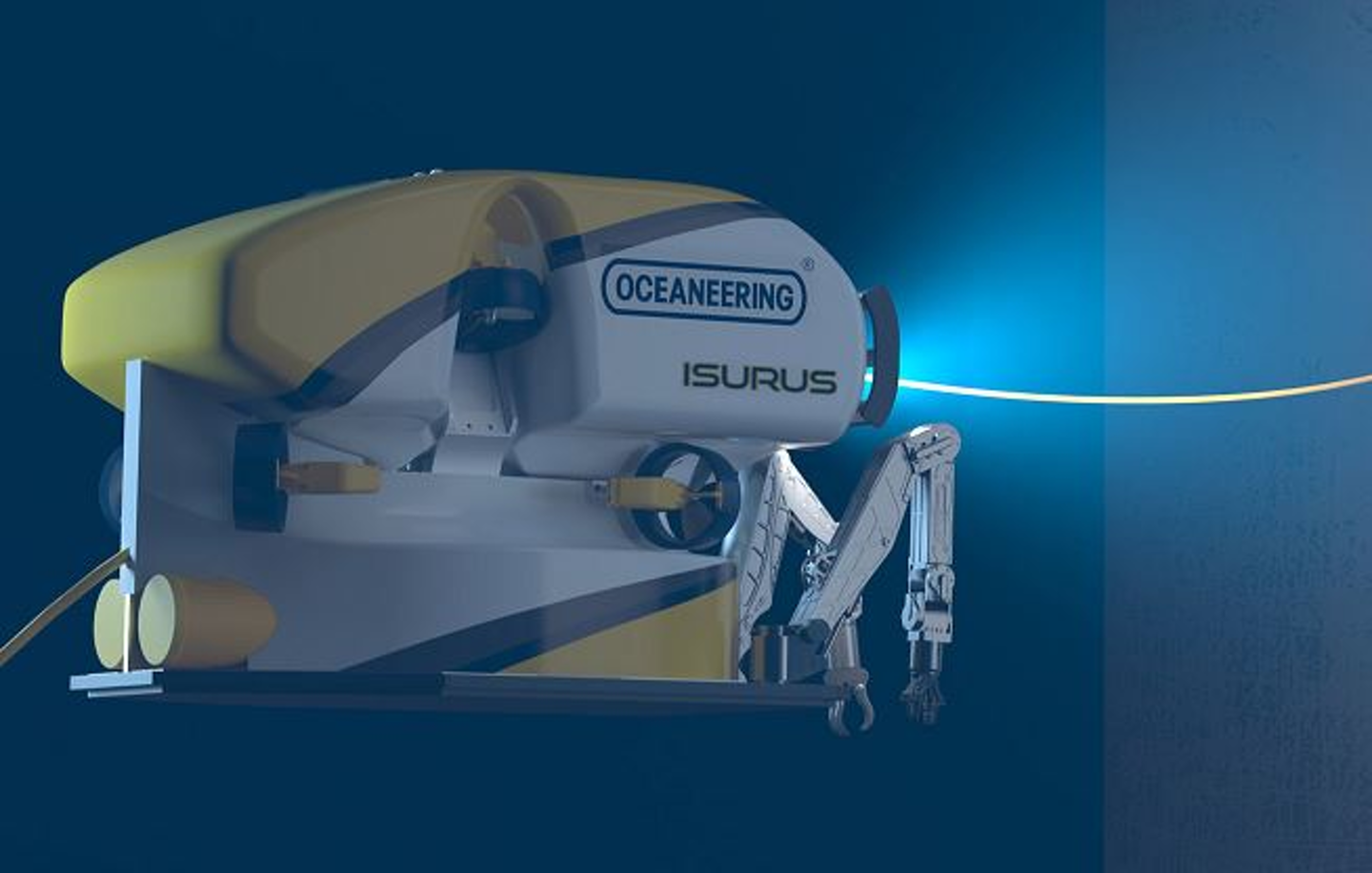Home › Forums › General › Financial, Tax and Insurance › H M Revenue & Customs TAX Ruling
- This topic has 340 replies, 72 voices, and was last updated 14 years, 5 months ago by
James McLauchlan.
-
AuthorPosts
-
June 16, 2009 at 8:01 am #19372
piedpiper
ParticipantHere we go…. 313 replies and 37,326 views later(Yep thats 37+ thousand views) the thread has been resurrected once again! Obviously a very emotive subject.
Once a vessel has been stationary (in an oilfield for 5 days or more,it will REMAIN classified as a STATIONARY structure for the forseeable future
Oh! Just roll over and give up why don’t we?
I would suggest this is aimed at wellhead workover boats.
Question 1
What exactly does "in an oilfield" mean? Inside the 500m zone, or just in the general area of the East coast of the UK and the Irish Sea?Spot the HUGE grey area….
And, on DP, stationary means.….. ?
- *Moving 2m in a figure of 8 style (aka Normal footprint when on DP in reasonable weather conditions & sea state)
*DP Move 10m (A requested move – therefore not remaining stationary)
*DP Move 20m (A requested move – therefore not remaining stationary)
*DP Move +500m (Transit outside the 500m zone- therefore not remaining stationary and technically outside an oil field)
*DP Move 1000m (Transit – the boat is going to the next work site outside the 500m zone- therefore not remaining stationary and technically outside an oil field)
*DP Move 3000m (Transit – the boat is going to the next work site outside the 500m zone- therefore not remaining stationary and technically outside an oil field)
All on DP.. been there, done that, and also transited ships greater distances, all under control of the DP system.
Many of those moves are hardly stationary by any stretch of the imagination.So what exactly defines stationary and "in an oilfield" in the eyes of the tax revenue chappies?
I would suggest you read the latest blog on
http://ukdivingbrotherhood.wordpress.com/ titled ‘Death nell of SED in oil and gas offshore.’ It would appear to be have been researched very well. it will be interesting to see what the RMT decide to do about this after the headlines in the RMT magazine when they congratulated them selves on how they had saved us from SED getting abolished, only to change it a month later albeit in a much smaller case print somewhere at the back of the magazine. There was talk of the RMT and another seamans union taking HMRC to court over the SED change, we will wait and see.piedpiper
June 16, 2009 at 9:07 am #19374thefidler
ParticipantI think we have all been sh4t on….out of interest how many of us ROV guys are in the RMT ????
Yes read the ukdivingbrotherhood shocking…but TRUE..
looks like the umpire has given us OUT
walk to the pavilion and give your hard earned money to Mr Brown….you will be happy in the knowledge that you are actually giving something back to this great country….
we had a good run anyway….from a law that was ONLY brought in to help the MERCHANT NAVY recruit more people….
June 16, 2009 at 11:40 am #19375Bacaruda
ParticipantIts not just SEAD.
http://www.timesonline.co.uk/tol/money/tax/article6493134.ece
June 16, 2009 at 12:50 pm #19376James McLauchlan
ParticipantSo what exactly defines stationary and "in an oilfield" in the eyes of the tax revenue chappies?
Visited the mentioned link above had a good read. It’s a very recent article (13th June 2009) posted by somebody that appears to have done their homework and is known for doing so before they post.
Being further enlightened, I will now answer my own question.
Basically, if the posters research is correct, it appears that the tax man is now interpreting the SED laws as follows:
If a boat has been working for more than five days in an oil-field (for that you might as well read anywhere East of the UK) it will be classed (for the purposes of SED) as an offshore installation and it will remain classified an offshore installation for the remainder of that fiscal tax year, until the next tax year.
In other words you might as well be standing on a fixed platform… even though what you actually on looks like a ship, feels like a ship , moves like a ship and was registered as a ship… but the tax bods, bless their little cotton socks, just don’t see it that way!
It doesn’t matter a jot to them if a boat is under way, down on weather outside the 500m zone, carrying out a pipeline survey or sitting alongside in Aberdeen. It’s still an offshore installation.
If that interpretation is applied and you have been working on a boat carrying out oil & gas related work for more than five days in the North sea, then you have most likely already exceeded the threshold. Any subsequent claim you make for SED may well be rejected. I’m not saying it will be rejected but don’t spend the money ahead of time just in case.
See the below extracts from the original article (posted Here)
Any vessel will for the purposes of Tax Law only become an Offshore Installation if that vessel conducts work which is classified as ‘Relevant Use’ for 5 days or longer. The 5 day rule is 120 hours from setting up to moving on.
‘Relevant Use’ being;
1. exploiting mineral resources by means of a well;
2. exploration with a view to exploiting mineral resources by means of a well;
3. storage of gas in or under the shore or the bed of any waters;
4. recovery of gas so stored;
5. conveyance of things by means of a pipe;
6. mainly for the provision of accommodation for persons who work on or from a structure which is, is to be, or has been, put to a use specified above.Exploiting covers all physical work, not just economic work, where the work is carrying out construction, inspection or maintenance of oil and gas fields from the outset to the closure of the field, so that will capture most vessels engaged in this sectors including Diving Support vessels, Construction vessels and ROV vessels as well. But it does not cover decommissioning work once the field has completely shut down.
The terms Stationed or Standing are not based on the exact position of the vessel such as the Latitude and Longitude at midnight or any other time of the day, in that it is not moving.
The revenue have stated in correspondence, that the position of a vessel can be stationed or standing whilst working in the confines of an offshore field where those offshore structures are operationally part of one integrated complex with a degree of operational interdependence, even if the distance moved within the confines of that offshore field, is several nautical miles between various interdependent locations.
The exception is where, within the field, it can be shown that one or more structures are operationally independent of one another, which are a complete rarity in my knowledge.
Also time waiting on weather or tides is time stationed in the offshore field even if the vessel moves to a safe location to do so and will continue to be stationed or standing unless the vessel moves to an entirely different offshore field which is operationally independent of the field the vessel is working in, or a different working location outside the field altogether.Another point to note if you live in the UK, submit a UK tax return but work overseas.
The SED rules apply to all UK residents who submit a UK tax return, who work outside the UK as well, in any waters and who will work on vessels undertaking work of ‘Relevant Use’, where in the opinion of the HMRC those vessels can be classed as an Offshore Installation for tax law.
I recommend you do visit the above link and read the article in full plus have a read of the comments posted by way of response.
Then see what you think.June 16, 2009 at 2:01 pm #19377Anonymous
GuestIf HMRC are to define stationary or stationed to include an entire oil field then this is a serious development and its currently doing the rounds with the accountants. However those who work on vessels that lay flexi or rigid (only) might still be OK. HMRC own guidance on standing or stationed in any waters: http://www.hmrc.gov.uk/manuals/eimanual/EIM33108.htm
Vessels can use DP to maintain a compass heading, helping maintain progress and navigation but the DP is not intended to keep the vessel substantially stationed…
This is exactly what the DP does during pipelay and beleive pipelaying vessels will not be classed as substantially stationed regardless of how long they have been in field.
June 16, 2009 at 3:12 pm #19378thefidler
ParticipantThe Government is determined to STAMP out SED,unfortunately and they NEED our money….sad but true….this is one hell of a sorry mess….
June 20, 2009 at 5:15 pm #19379Anonymous
GuestBlueriband, another self proclaimed seafarers tax specialist.
http://www.blueribandtax.co.uk/news/view/inland-revenue-new-guidance
Does this add any more weight to the story, or do they just want to give the impression they have a finger on the tax pulse?
June 20, 2009 at 8:57 pm #19380James McLauchlan
ParticipantPeople appear to be getting jerked around here and left totally in the dark. It’s not their fault either.
I have to say that this is so pathetic! A ship, built and classified as a ship, which moves around under it’s own power is nothing other than a ship!
Google ship and see what its says:
From Wikpedia
Commercial vessels or merchant ships can be divided into three broad categories: cargo ships, passenger ships, and special-purpose ships.[30] Cargo ships transport dry and liquid cargo. Dry cargo can be transported in bulk by bulk carriers, packed directly onto a general cargo ship in break-bulk, packed in intermodal containers as aboard a container ship, or driven aboard as in roll-on roll-off ships. Liquid cargo is generally carried in bulk aboard tankers, such as oil tankers, chemical tankers and LNG tankers.
Passenger ships range in size from small river ferries to giant cruise ships. This type of vessel includes ferries, which move passengers and vehicles on short trips; ocean liners, which carry passengers on one-way trips; and cruise ships, which typically transport passengers on round-trip voyages promoting leisure activities onboard and in the ports they visit.
Special-purpose vessels are not used for transport but are designed to perform other specific tasks. Examples include tugboats, pilot boats, rescue boats, cable ships, research vessels, survey vessels, and ice breakers.
As far as the rest of the world is concerned they still fall under the category of ships though!
It’s been said before but the revenue, or those that work there and issue guidance, are trying to make out that a ship isn’t a ship in certain instances when, to everyone looking at one or working on one, it truely appears to be a ship! It has a ships Captain, a ships crew and a pointy end with props at the blunt end!
Sail a DP boat down to the Med and try and convince a pilot, when entering harbour, that it’s not really a ship but actually an offshore installation they are helping to guide alongside to the berth. They’d lock you up, once the ship is secure that is.
I say to the UK tax man…. Look somewhere else to suck up money to bail out your UK governments failed billion pound policies.
best regards
James Mc
Portuguese resident.June 21, 2009 at 7:35 am #19381Andy Shiers
ParticipantTOO BLOODY RIGHT 👿
When the whole of the Northsea goes on strike , Lets see how much the government loses in revenue 😈
Freeze all the MP’s assets that’s what I say 😈June 21, 2009 at 8:49 am #19382James McLauchlan
ParticipantWhen the whole of the Northsea goes on strike , Lets see how much the government loses in revenue
Not only do I feel that is the wrong approach, but it’ll never happen over SED as it must only affect a small percentage of the offshore workforce. I would guess that the bulk of that workforce may not even know what SED is.
June 21, 2009 at 11:36 am #19383Anonymous
GuestThats very true, only a very small amout of people manage to qualify for SED even by last years rules. More Russian millionairs live in London and pay zero UK tax than folk who claim SED. Its good to see the HMRC spending money, time and effort chasing the right people for tax.
June 21, 2009 at 4:53 pm #19384Andy Shiers
ParticipantEr , No , SED is claimed by a great number of people from Captains , DP operators , AB’s ,ROV,Divers,Caterers,Engineers,Riggers In fact quite a large amount of personnel who as it happens work on floating things they call Ships 😯 ( The things that are pointy at one end and blunt the other )
These "floating structures" as the Taxman calls them are used as DSV’s Survey , Supplyboats for supplying 😕 Standby etc ! 😯
There’s a thought !
How many times have you had to extract yourself from a fishing net that has conveniently got caught around a subsea structure ,pipeline because the Fishing vessel was trawling "In the Field" Or you have seen fishing boats "In the field" working ?
Maybe the taxman will go after them as well !June 21, 2009 at 5:20 pm #19385mind-when-this-was-fields
ParticipantAll this is really going to come down to the first person or tax company that challenges HMRC if they ask for the tax back due to their own made up rules!!
It will all come down to those grey areas started by the HMRCs fudged attempt to get some of their monies back to pay for the moat cleaning exercises of the MPs 😀June 21, 2009 at 8:09 pm #19386Anonymous
Guest…claimed by a great number of people from Captains , DP operators , AB’s ,ROV,Divers,Caterers,Engineers,Riggers…
whats a great number?? 5,000 or perhaps 20,000. The point is its next to nothing compaired with the tax paying masses or even the 500,000 British expats that live on the Costa Blanca in Spain….the numbers are very small for those claiming SED.
On a side note, most of the above positions have been replaced by cheaper foreign nationals or in the process of doing so…..and of course divers have never had their tax back
June 21, 2009 at 8:37 pm #19387thefidler
ParticipantVery true….but this government has no limits on the disgacefull mess this country is in
-
AuthorPosts
- You must be logged in to reply to this topic.



